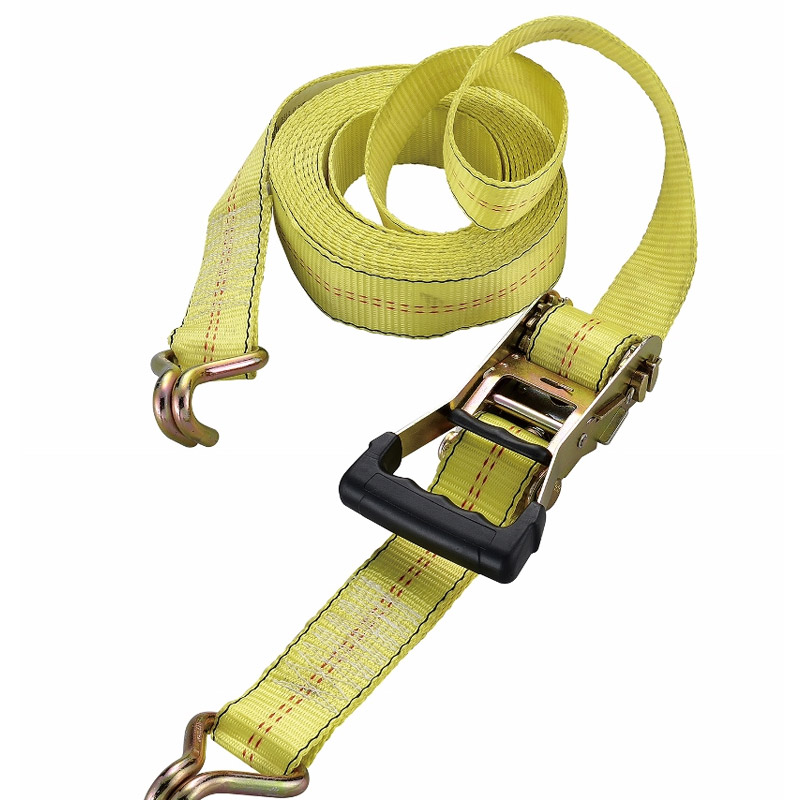Understanding Various Sizes of Shear Studs for Construction Applications
Understanding Shear Stud Sizes A Comprehensive Guide
Shear studs, also known as shear connectors, play a crucial role in the construction and structural integrity of composite beams. These essential components facilitate the transfer of shear forces between concrete and steel, ensuring that both materials work together effectively. The size of shear studs is a fundamental aspect that engineers must consider to ensure the safety and reliability of a structure. This article delves into the importance of shear stud sizes, the factors influencing their dimensions, and guidelines for selecting the appropriate sizes for various applications.
What are Shear Studs?
Shear studs are typically headed, short steel pins that are welded to the top flange of a steel beam before a concrete slab is poured. Their primary function is to connect the steel beam to the concrete, enabling the two materials to act compositely under loading conditions. This composite action enhances the overall strength and rigidity of the beam, ultimately improving the performance of the structural element.
Factors Influencing Shear Stud Sizes
1. Load Requirements The load that a composite beam must support is one of the primary determinants of shear stud size. Heavier loads may require larger or more numerous shear studs to ensure adequate load distribution and shear transfer. Engineers calculate the shear capacity based on expected loads and design the shear stud dimensions accordingly.
2. Concrete Strength The compressive strength of the concrete slab also plays a significant role in determining shear stud sizes. Higher strength concrete can transfer more shear force, which may influence the design and spacing of the studs.
3. Steel Beam Properties Different grades and types of steel beams exhibit varying strengths, affecting the shear stud requirements. The dimensions and properties of the steel beam influence how shear studs engage with it and the concrete above.
4. Construction Methods The chosen construction technique can affect shear stud sizes. For instance, in accelerated construction methods where speed is paramount, engineers might opt for larger shear studs to ensure quick assembly without compromising structural integrity.
5. Codes and Standards Building codes and engineering standards provide guidelines for shear connector design, including size and spacing. These codes, such as the American Institute of Steel Construction (AISC) guidelines or Eurocode standards, help engineers determine the appropriate sizes to ensure safety and compliance.
shear stud sizes

Selecting the Right Shear Stud Size
Choosing the proper shear stud size involves a balance of the aforementioned factors along with realistic considerations of cost and constructability. Here are some essential steps to follow
1. Analyze Load Conditions Identify the maximum expected loads on the composite beam to determine shear force requirements. This analysis forms the basis for size selection.
2. Review Material Specifications Assess the materials involved, including the concrete's compressive strength and the properties of the steel beam, to guide shear stud dimensioning.
3. Consult Design Guidelines Refer to relevant standards and best practices from engineering organizations when determining shear stud sizes. These guidelines will provide necessary calculations and allow for the validation of design assumptions.
4. Consider Spacing and Configuration The spacing of shear studs is just as important as their size. An accurate configuration ensures efficient load transfer while minimizing potential weaknesses in the connection.
5. Collaborate with Structural Engineers Finally, engaging with experienced structural engineers can provide valuable insights into the optimal size and configuration of shear studs tailored for specific projects.
Conclusion
In summary, shear stud sizes are pivotal to the performance and safety of composite beams in construction. By considering load requirements, material properties, construction methods, and compliance with building codes, engineers can select the appropriate shear stud sizes for their projects. Properly sized shear studs not only enhance structural integrity but also contribute to the overall durability and longevity of the built environment. Investing time in the correct specification of shear stud sizes ultimately pays dividends in the realm of structural engineering.
-
Weatherproof Plastic Expansion Anchors for OutdoorNewsJun.06,2025
-
Sustainability in the Supply Chain: Eco-Friendly TEK Screws ProductionNewsJun.06,2025
-
Load-Bearing Capacity of External Insulation FixingsNewsJun.06,2025
-
Double Head Bolts: Enhancing Efficiency in Industrial MachineryNewsJun.06,2025
-
Corrosion Resistance in Chipboard Screws: Coatings for Wholesale DurabilityNewsJun.06,2025
-
Butterfly Toggle Bolts : Enhancing Structural ResilienceNewsJun.06,2025
